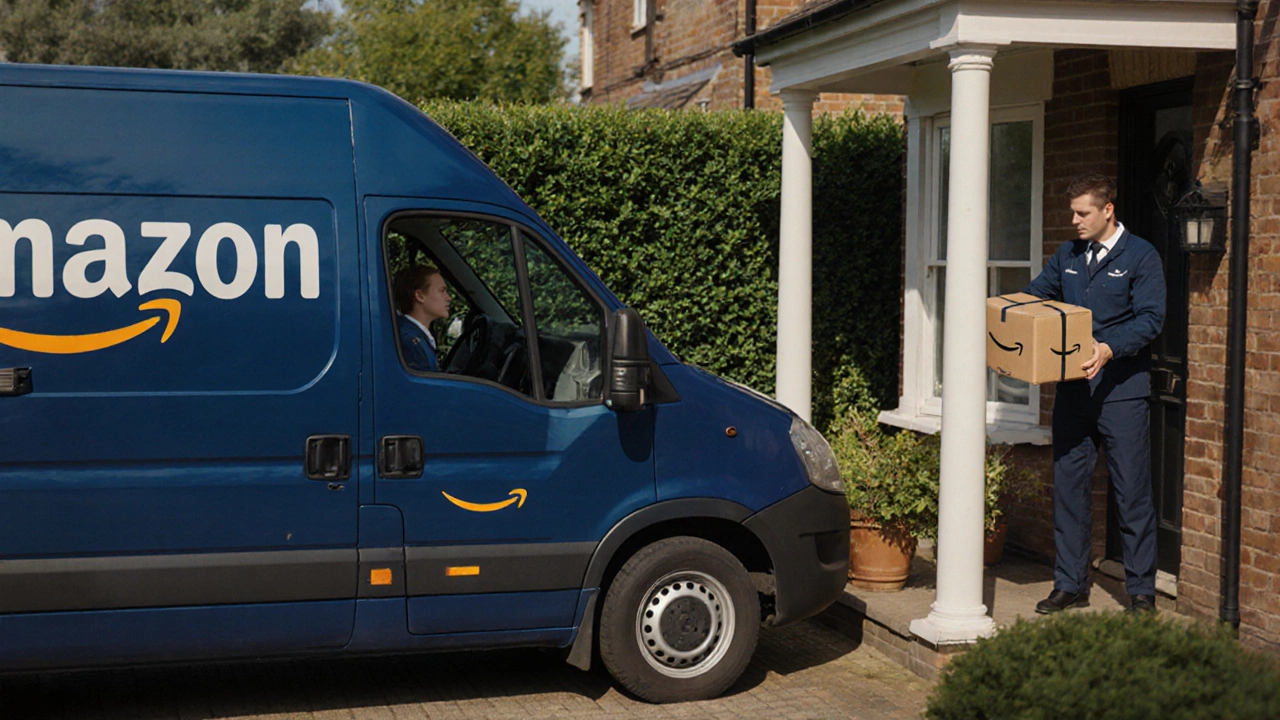Amazon Shipping Made Simple: What You Need to Know
Shipping to or from Amazon can feel tricky, but it doesn’t have to be. Whether you’re a new seller trying to get your first box out, or a buyer wondering how fast your order will arrive, the basics are the same: pick the right service, pack right, and track smart.
Pick the Right Amazon Shipping Option
Amazon offers a few ways to move stuff. The most common are Fulfilled by Amazon (FBA), where you ship inventory to an Amazon warehouse and they handle the rest, and Seller‑Fulfilled Prime (SFP), where you keep the stock and ship directly to customers using Amazon’s fast‑shipping network.
FBA is great if you want Amazon to handle storage, packing, and customer service. You just send your products to the nearest fulfillment center – the biggest one is in Bentonville, Arkansas – and Amazon takes care of the rest. SFP works if you have space to store items yourself and want more control over packaging.
When you’re deciding, think about size, weight, and how quickly you can restock. Heavy or bulky items often cost less with FBA because Amazon’s rates are volume‑based. Small, fast‑moving items might be cheaper with SFP if you can ship them the same day.
How to Calculate Amazon Shipping Costs
Amazon’s shipping calculator is handy. It asks for the product’s dimensions, weight, and the destination. For FBA you’ll see two numbers: a fulfillment fee (covers picking, packing, and shipping) and a storage fee (charged per cubic foot per month). If you’re using SFP, the cost is based on the carrier you choose – UPS, FedEx, or the U.S. Postal Service – and the service level you pick (standard, two‑day, or same‑day).
A quick tip: round up your package dimensions. Amazon rounds up to the nearest inch, and rounding up can prevent surprise fees. Also, use Amazon‑approved packaging material. It’s cheaper and reduces the chance of damage.
Don’t forget about fuel surcharges. If you’re an Amazon Flex driver, for example, fuel costs aren’t covered directly, but you can claim mileage expenses when filing taxes. Knowing these hidden costs helps you price your products accurately.
For sellers who ship internationally, Amazon’s Global Shipping program handles customs, duties, and taxes. It’s more expensive than domestic shipping, but it saves a lot of hassle.
Finally, keep an eye on promotional shipping credits. Amazon often offers credits for new sellers or for using specific carriers during peak seasons. Those credits can shave a few dollars off each shipment.
In short, the key to smooth Amazon shipping is choosing the right fulfillment model, measuring your packages accurately, and staying on top of fees. With the right plan, you’ll get your products to customers fast, keep costs low, and avoid nasty surprises.
Amazon isn't a courier service, but its delivery network operates faster and at a larger scale than most. Learn how Amazon's logistics system works, why it's different from FedEx or UPS, and what you can actually use it for.
Nov, 27 2025
Learn proven ways to speed up your Amazon delivery after you place an order. Get smart tips for faster shipping, order tracking, and hassle-free delivery.
Aug, 3 2025
